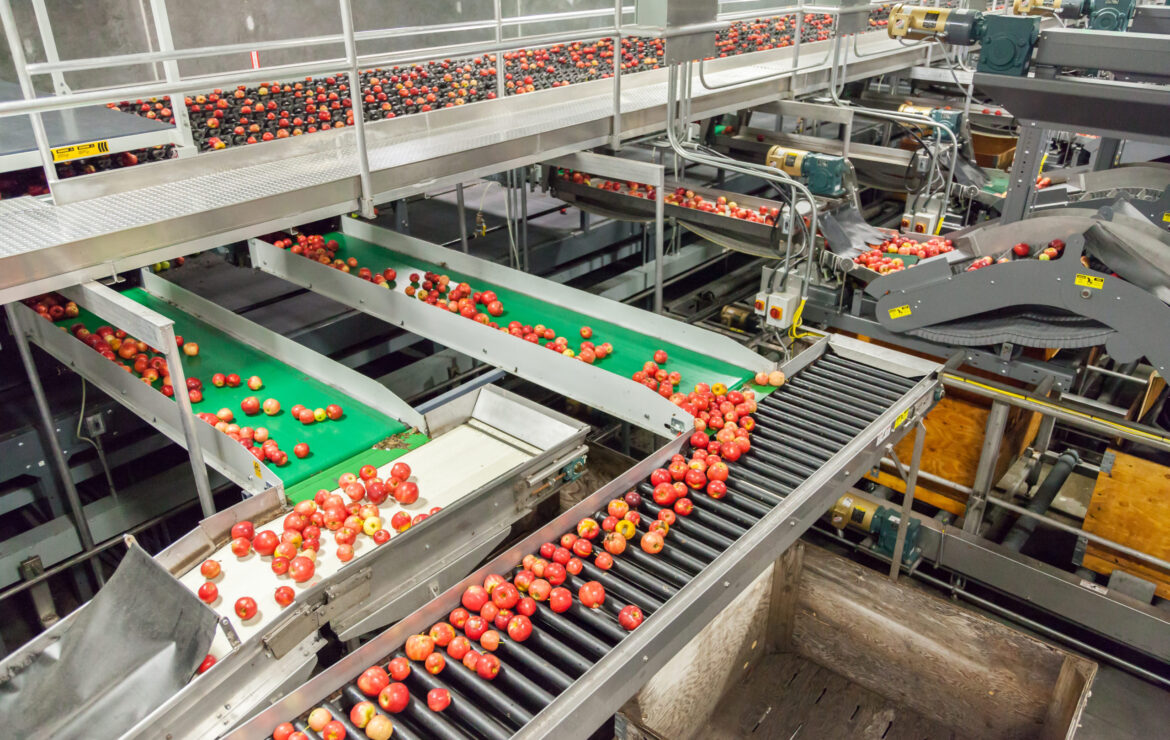
Factory Automation + How it Impacts Business
Factory automation involves taking repetitive tasks and automating them using machines with various levels of complexity. These machines can be connected and/or coordinated in a way to make an automated production line, reducing costly errors and waste, while increasing capacity, efficiency, and quality.
In addition, the use of sensors and even minimal intelligence in automation equipment on the factory floor can provide insights towards increased productivity and quality.
Key motivators for factory automation
Common thinking in business leadership about factory automation (commonly referred to as Robotic Process Automation, or RPA) is that the main benefit is reduced labor costs. While it is true that there are some benefits to the reduction of labor costs that result from automation, it is probably not the primary benefit, and certainly not the only benefit to be gained.
And while efficiency is probably one of the most significant gains to be had from some types of automation, an often-overlooked benefit is increased quality.
Let’s look at some of the areas where automation on the factory floor can improve business outcomes.
Labor Costs
A lot of people think “machines replace people”; and of course, there are a lot of mixed feelings around this. Machines take jobs away from people, and that’s bad for people.
And the counterargument: Machines take away boring, repetitive, and possibly dangerous jobs from people and replace them with higher-paying, more interesting jobs setting up and taking care of these machines.
One can also argue that setting up and taking care of the machines can be boring and repetitive as well, but that argument is less convincing. While there is some truth in the “lower headcount” claim, the decrease in overall headcount may not be as much as some think. Freeing up the repetitive tasks will allow that resource to do other more important tasks like QA, cleanup, and sanitation work, and new tasks involving taking care of the machine.
For example, one client installed case formers – machines that take flattened cardboard boxes and make a fully formed box with the bottom sealed and ready for the product. This replaced 1-2 people per shift doing the same work. But the staff whose tasks were replaced by the machines were not let go. They were now setting the case formers for the production run, managing the source material (flattened containers), removing waste from the forming process, and managing source material inventory.
There were other benefits gained by the implementation of the case formers, as well (which we will discuss below).
Efficiency
There are, of course, exceptions to this, but any repetitive action can usually be done by a machine faster and with fewer overall mistakes than by human hands. We’re not talking about art and craft; we’re talking about mass manufacturing. There’s rarely a fine art to the repetitive tasks done in most manufacturing facilities, and humans are susceptible to distraction, and insufficient knowledge about the task at hand. Good quality machines that are properly maintained can usually do repetitive tasks with almost no mistakes.
While machines might make mistakes, or not be calibrated sufficiently, this can be corrected over time with proper maintenance; and maintenance can be scheduled. The quality of machine production can be improved, usually in quantifiable measures, much more so than training or corrections to human activity.
Quality improvement can be increased with onboard machine intelligence, or at least with proper monitoring and recording of statistics, which can highlight the cause of inefficiencies and failures.
Machines can frequently do the job faster, and with more accuracy. While the benefit of increased production speeds is obvious, the aspects of accuracy may be less so.
Better accuracy = less waste from mistakes. That’s also obvious. But increased accuracy can result in the need for less raw material in the first place. In the case former example above, the client discovered a huge decrease in material costs. Not only did this result in faster case building with less waste from inaccurate builds, but bar codes on the flat cases, and instructions from the manufacturing execution system, more accurately ensured the correct case material was being used than when humans were involved.
Accurate bottom sealing allowed for the bottom flaps to be smaller; they didn’t need to meet at the center as the contents were enclosed units. When humans build the cases, they tend to depend on the bottom flaps meeting to ensure the resulting case is square. The gap in the bottom flaps resulted in significant amounts of savings in cardboard raw materials. This also had the side benefit of lower shipping costs, as there was less material (weight) being shipped out.
Improved quality
In the food, beverage, and fresh produce industries, there are obvious use cases for automation to ensure proper weight measurements for ingredients and finished goods, as well as foreign object detection and biohazard detection.
Automation can also improve the consistency and quality of raw product ingredients. Visualization tools (imaging) and artificial intelligence (AI) can quickly identify sub-standard materials due to over-ripening and biohazards.
Cold chain metrics can be maintained and matched against production runs, tracking cold-chain assurance from raw-product harvest and production to customer receipt of finished goods in real-time. Sanitation checks – both automated and manual – can also be matched against production run times to provide to assist in traceability and QA efforts.
Improved product run cycle times
With integrated automation, individual cells in a production line can get the parameters for a new production run automatically from the scheduling and ME Systems. Configurations are confirmed automatically (reducing production run errors).
Applying factory automation
The application of factory automation or RPA has numerous benefits for businesses, including a shift of labor, cost savings, the reduction of waste, and higher quality. However, these processes require a solid foundation on which to establish these tasks. In our next article, we will explore the next stage of applying automatic processes to your business.